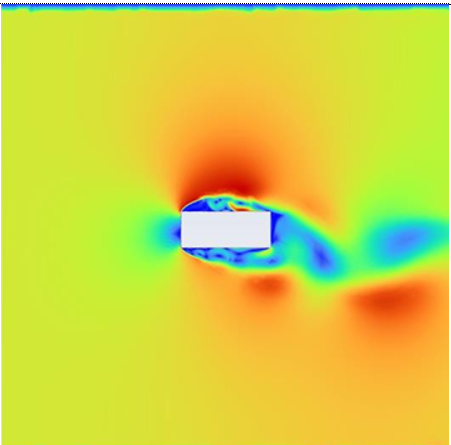Strategies in Harvesting Wind Energy from Flow-Induced Vibration for IoT Applications
DOI:
https://doi.org/10.37934/arca.30.1.711Keywords:
Wind energy, Internet of Things (IoT), Flow-induced vibrationAbstract
By linking common things to the internet and enabling them to interact and carry out diverse tasks, the Internet of Things (IoT) is revolutionizing the globe. A huge rise in data has resulted from this connectedness, and the need for energy to power these gadgets is also rising. As the number of IoT devices continues to rise, it is essential to find effective and sustainable ways to power them. By transforming ambient energy into usable electricity, energy harvesting provides a workable answer to the energy dilemma. It is possible to consume the captured energy right now or to store it for later. The practice of capturing minute amounts of renewable energy that would otherwise be lost is known as energy scavenging and it includes a variety of energy sources, including thermal, kinetic, and photovoltaic energy. A two-dimensional numerical simulation investigates the potential of harvesting energy from flow-induced vibrations using different geometrical configurations and harvester dimensions. The Ansys program is utilized to model the flow, combining the shear stress transport model with the unsteady Reynolds-averaged Navier-Stokes equation. The simulation involves TENG to describe the V-Q-x relationship, while piezoelectric transducers employ Euler Bernoulli beam theory. Three tests are conducted for each strategy, utilizing a rectangular prism-shaped bluff body. Results from the numerical simulation, conducted using MATLAB, reveal that the piezoelectric transducer produces a total output power of 84.5 mW, the electromagnetic transducer yields 92.8 mW, and the TENG performs the best, reaching a total output power of 107.0 mW. These findings showcase the potential of energy harvesting techniques for powering IoT devices in a sustainable and efficient manner.
Downloads















